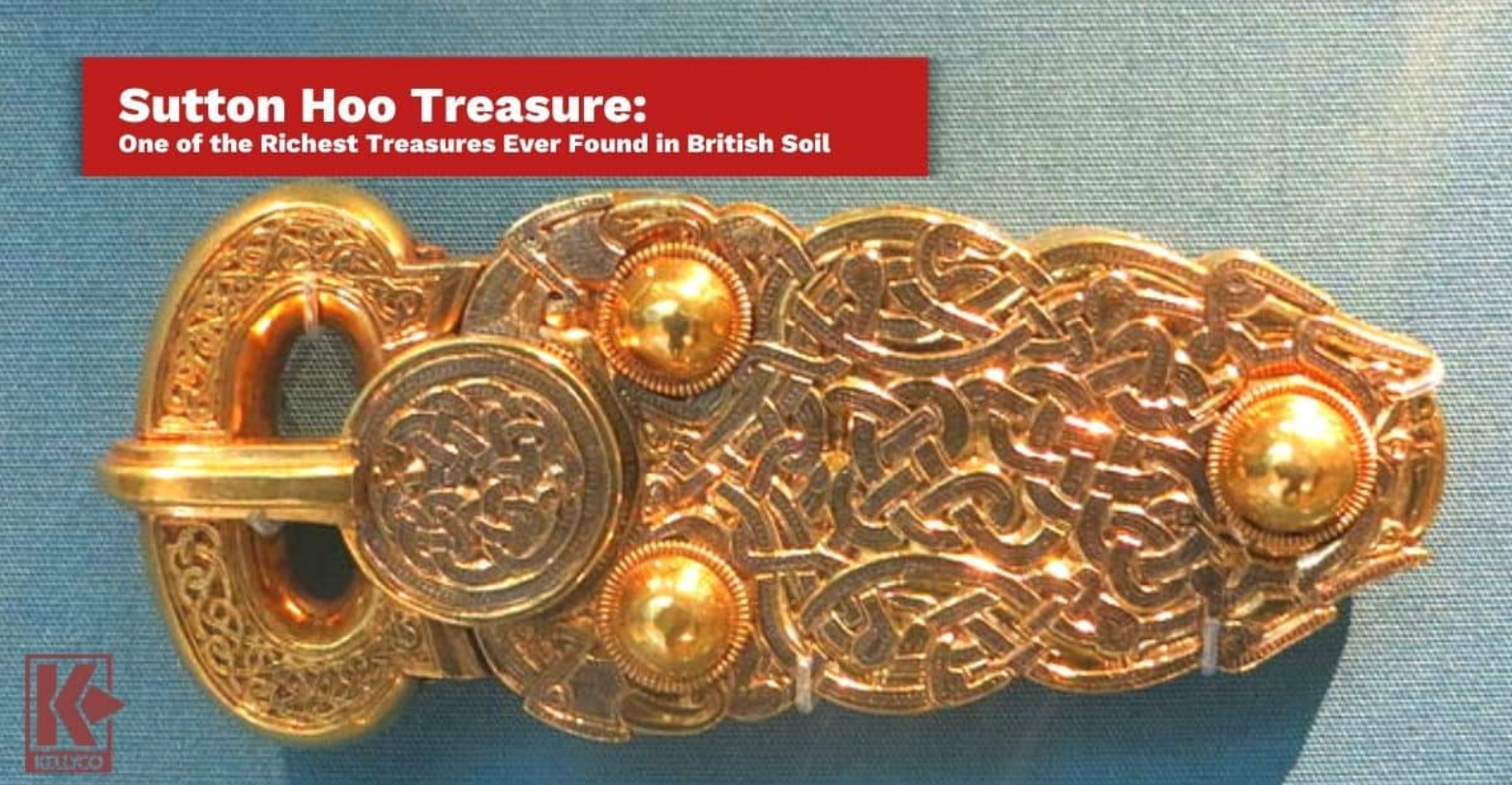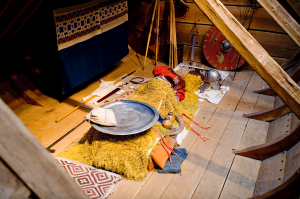Sutton Hoo Treasure: One of the Richest Treasures Ever Found in British Soil

Sutton Hoo Treasure: One of the Richest Treasures Ever Found in British Soil
What do you do when you have multiple Anglo-Saxon burial mounds on your property? You ask your local archaeologist to come by and check it out. And what if he happens to find one of the biggest treasures of the era? Well, we don’t have to speculate, because this actually happened. The Hoxne Hoard might have led to a change in the British law regarding uncovered antiquities, but the Sutton Hoo Treasure changed how the British were able to understand their history. Indeed, it’s difficult to know where to even get started explaining the story of the Sutton Hoo Treasure because it is so deeply embedded into the history of the time.The Anglo-Saxon Way of DeathThe short background is that after the Romans began withdrawing from Great Britain, the native Britons were faced with invaders from the east — the Angles, Saxons, and Jutes, who have become collectively known as “the Anglo-Saxons.” It is believed by historians that their earliest landings and heaviest areas of settlement were in East Anglia, which is where the Sutton Hoo Treasure was unearthed.Now it’s worth explaining a little bit about the Anglo-Saxons with regard to their religious views. The Anglo-Saxons were pagans with religious traditions not altogether different from their Viking cousins. What’s important about this is that it means they believed it was possible — indeed, advisable — to take one’s treasures with one into the next life. To that end, warriors were often buried with as much treasure as they weren’t going to pass onto their posterity.The Excavation of the Sutton Hoo Treasure BeginsFast forward to the dawn of World War II in Europe. Wealthy widow Edith Pretty is a landowner in the UK who knows that she has 18 Anglo-Saxon burial mounds on her property. So she calls up self-taught archaeologist Basil Brown. Edith was very familiar with archaeology, as she had traveled extensively throughout her youth. She paid Basil Brown 30 shillings a week, which is the equivalent of about $200 today. He was given two weeks to do some of his work.Brown initially worked the area with the assistance of Pretty’s gardening staff, which was extensive as Mrs. Pretty was a woman of some means. He was able to excavate three of the mounds and found evidence that they were being robbed as late as the medieval period. The first mound (confusingly called Mound 3) was interesting, but not terribly impressive — a lot of pottery, mostly, which while valuable during the Anglo-Saxon period of interest to historians today, is not terribly valuable.It was the second mound (Mound 2) that changed the nature of the excavation. It was here that signs of a large ship began to emerge in the form of rivets at first, but later other parts, perhaps most impressively a gold-plated shield boss. Mound 4 yielded nothing other than the knowledge that it had been completely stripped by graverobbers over the years. Brown put an end to his work but returned a year later due to curiosity that was spurred by Mound 2.But when Mound 1 began excavation a year later, it wasn’t the dig that had changed — it was the entire conception of British history. It was here that what a British Museum curator later called “one of the most important archaeological discoveries of all time” began to take shape. What was unearthed there was a 7th-century Saxon ship, which may have been the last resting place of King Rædwald of East Anglia.
 Image by Gernot Keller www.gernot-keller.com, CC BY-SA 2.5, via Wikimedia Commons.
Image by Gernot Keller www.gernot-keller.com, CC BY-SA 2.5, via Wikimedia Commons.

About Sam Jacobs
Sam Jacobs is a man who believes that gold is worth its weight in gold and always keep track of what that value is. His eyes gleam every time he walks by a large deposit of quartz on his journeys across the country. And while he’s never struck gold in the wild yet, he’s a long way from giving up his quest for a bonanza.
